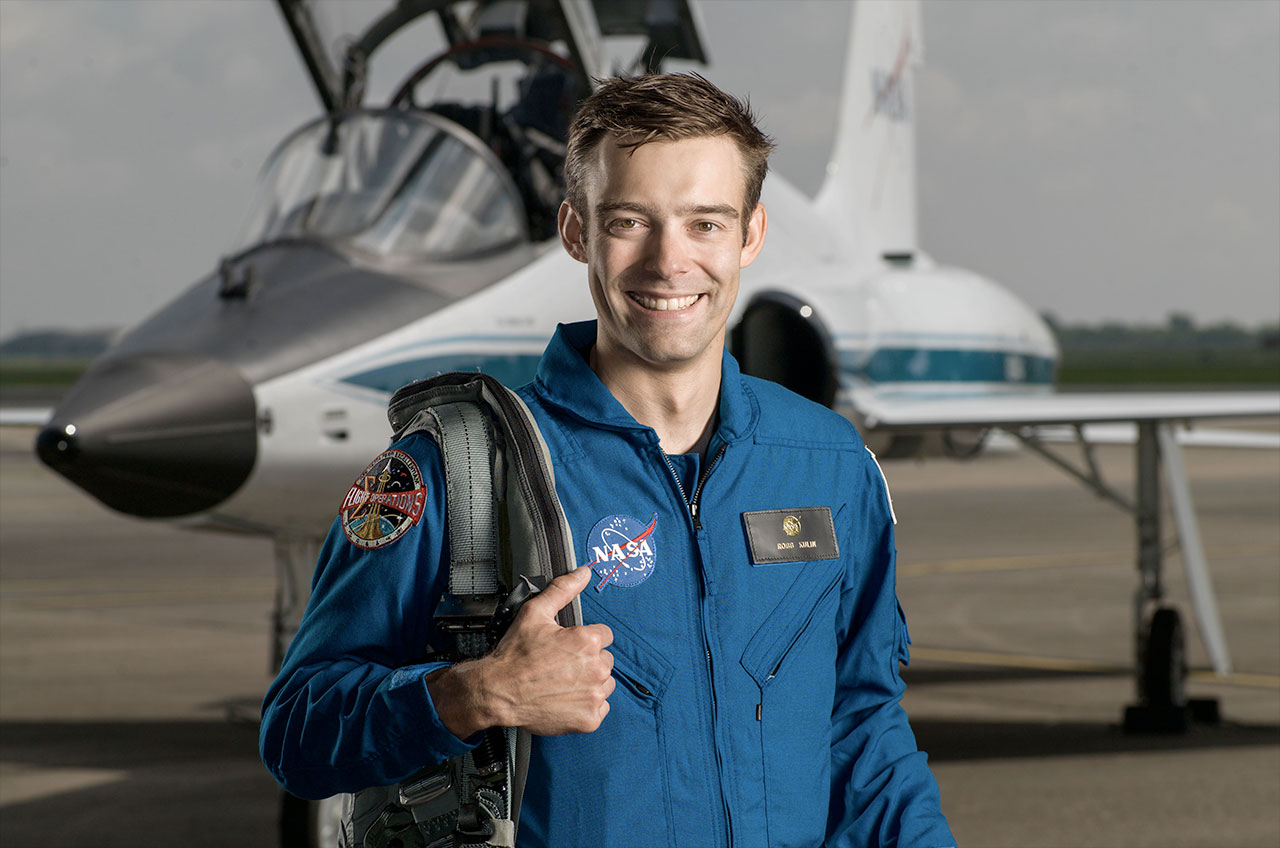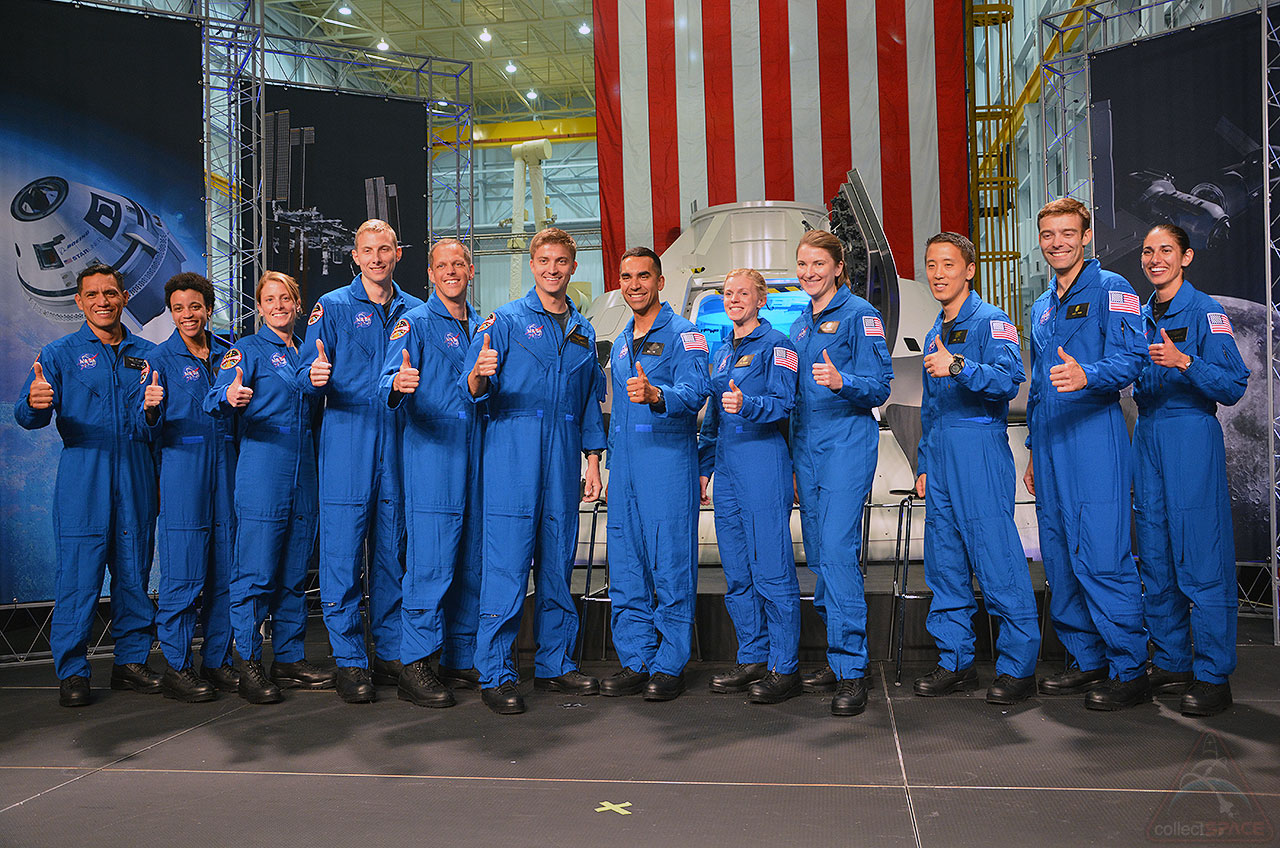NASA Astronaut Candidate Resigns Prior to Qualifying for Spaceflight
A member of NASA's latest class of astronaut candidates has resigned from the space agency before completing his basic training.
Robb Kulin, 35, is leaving the program just over a year after he was chosen to join NASA's 22nd group of spaceflight trainees. His departure reduces the 2017 class, nicknamed "The Turtles," to 11 members.
Kulin's resignation, effective on Friday (Aug. 31), is "for personal reasons," NASA public affairs officer Brandi Dean told reporters on Monday. No further details were released. [What It's Like to Become a NASA Astronaut: 10 Surprising Facts]

A native of Anchorage, Alaska, Kulin is a private pilot with a master's degree in materials science and a doctorate in engineering from the University of California, San Diego. Prior to becoming an astronaut candidate, he previously worked as an ice driller in Antarctica, a commercial fisherman in Chignik, Alaska, and as the senior manager for flight reliability at SpaceX, leading the company's Launch Chief Engineering group in Hawthorne, California.
"Hopefully, I will one day fly on a vehicle that has components that I got to design," said Kulin during his class announcement in June 2017 at NASA's Johnson Space Center in Houston. "[But] I'll ride on whatever spacecraft I can go."
NASA puts its astronaut candidates through a training and evaluation period that lasts approximately two years, during which time they are tasked with developing the knowledge and skills required for formal mission training upon selection for a spaceflight.
Astronaut candidates are required to complete military water survival and become SCUBA qualified to prepare them for their extravehicular activity (EVA) training.
Get the Space.com Newsletter
Breaking space news, the latest updates on rocket launches, skywatching events and more!
On social media, Kulin shared photos and video of some of his training, including donning a spacesuit at the Neutral Buoyancy Laboratory (NBL) and flying NASA's T-38 supersonic training jets.
"T-38 training is an [sic] incredible for teamwork, crew resource management, solving real problems as they arise, and is even a great challenge for simple hand-eye coordination," Kulin wrote on Instagram in April. "Super important skills when exploring in space!"
Kulin's last social media post was in May when he noted being at Cape Canaveral in Florida to see "the awesome work" of his former SpaceX colleagues.

Astronaut candidates, or "ascans," are required to complete International Space Station systems training, EVA and robotics skills training, Russian language proficiency and aircraft flight readiness training before being eligible for spaceflight assignments.
The last time that a NASA astronaut candidate resigned before being qualified for a spaceflight assignment was 50 years ago. Chemist John Llewellyn, a member of NASA's sixth group of trainees and second scientist-astronaut group chosen in 1967, withdrew from the program after realizing he was not cut out for flying jets.
An August 1968 NASA press release announcing his departure stated, "Dr. Llewellyn said it became apparent several weeks ago that he was not progressing as he should." Llewellyn died in 2013 at the age of 80.
The remaining members of NASA's 2017 class of astronaut candidates include Kayla Barron, Zena Cardman, Raja Chari, Bob Hines, Warren Hoburg, Jasmin Moghbeli, Jonny Kim, Loral O'Hara, Matthew Dominick, Frank Rubio and Jessica Watkins.
Follow collectSPACE.com on Facebook and on Twitter at @collectSPACE. Copyright 2018 collectSPACE.com. All rights reserved.
Join our Space Forums to keep talking space on the latest missions, night sky and more! And if you have a news tip, correction or comment, let us know at: community@space.com.

Robert Pearlman is a space historian, journalist and the founder and editor of collectSPACE.com, a daily news publication and community devoted to space history with a particular focus on how and where space exploration intersects with pop culture. Pearlman is also a contributing writer for Space.com and co-author of "Space Stations: The Art, Science, and Reality of Working in Space” published by Smithsonian Books in 2018.In 2009, he was inducted into the U.S. Space Camp Hall of Fame in Huntsville, Alabama. In 2021, he was honored by the American Astronautical Society with the Ordway Award for Sustained Excellence in Spaceflight History. In 2023, the National Space Club Florida Committee recognized Pearlman with the Kolcum News and Communications Award for excellence in telling the space story along the Space Coast and throughout the world.









